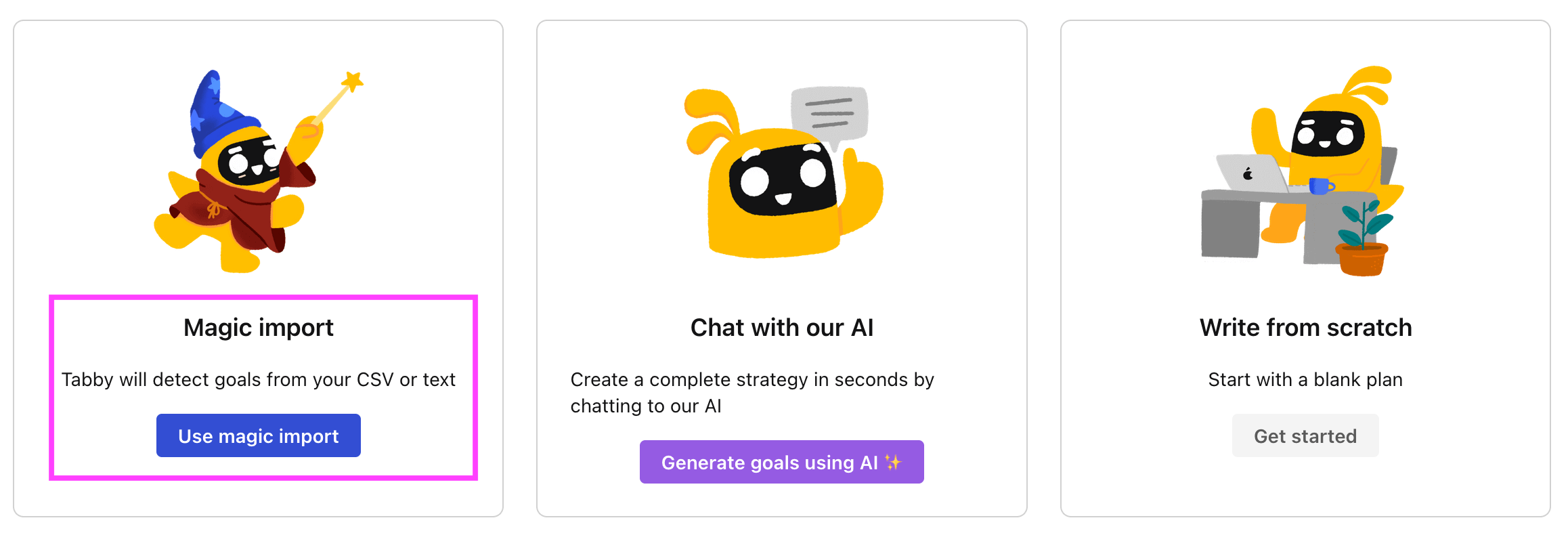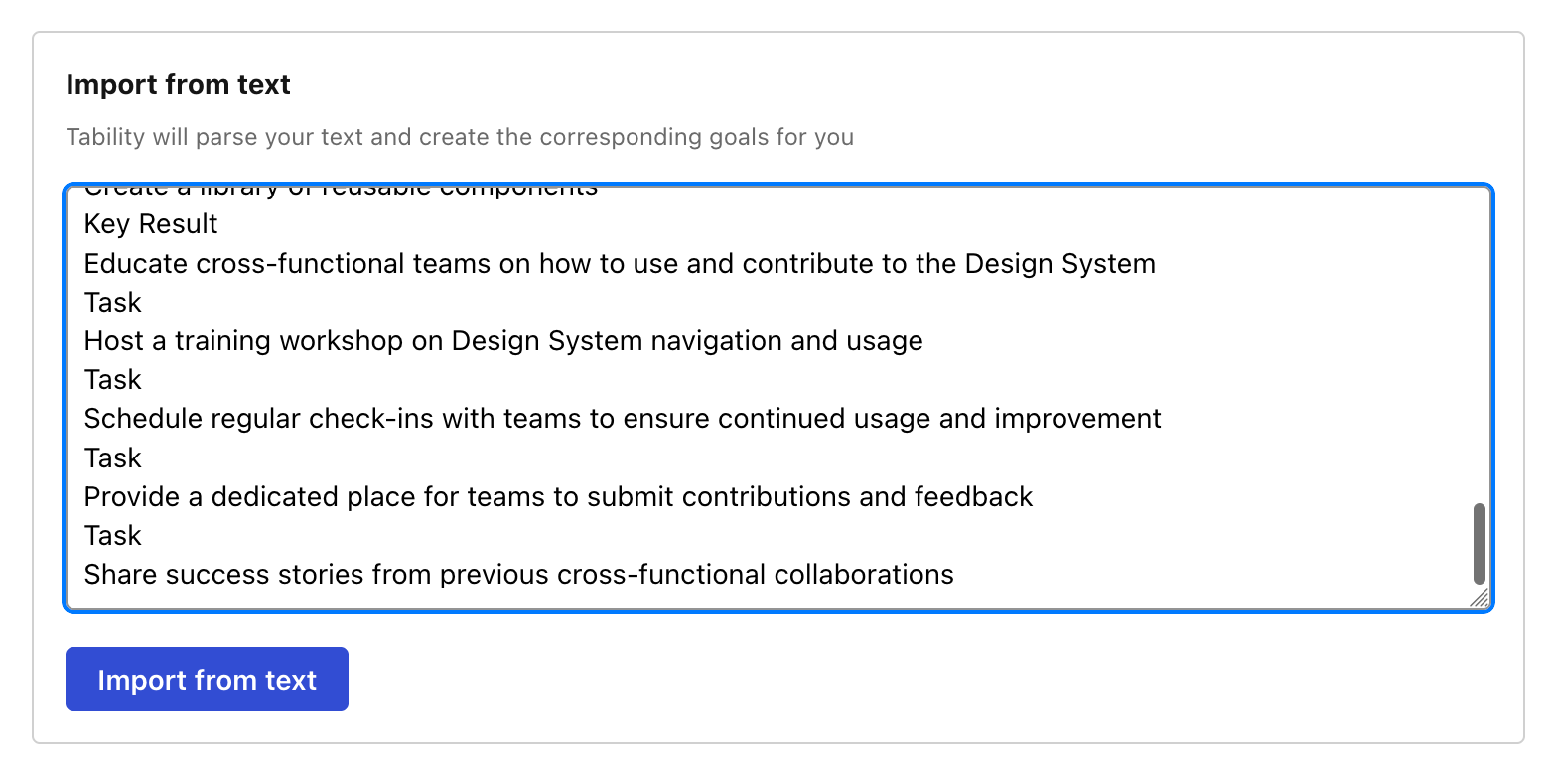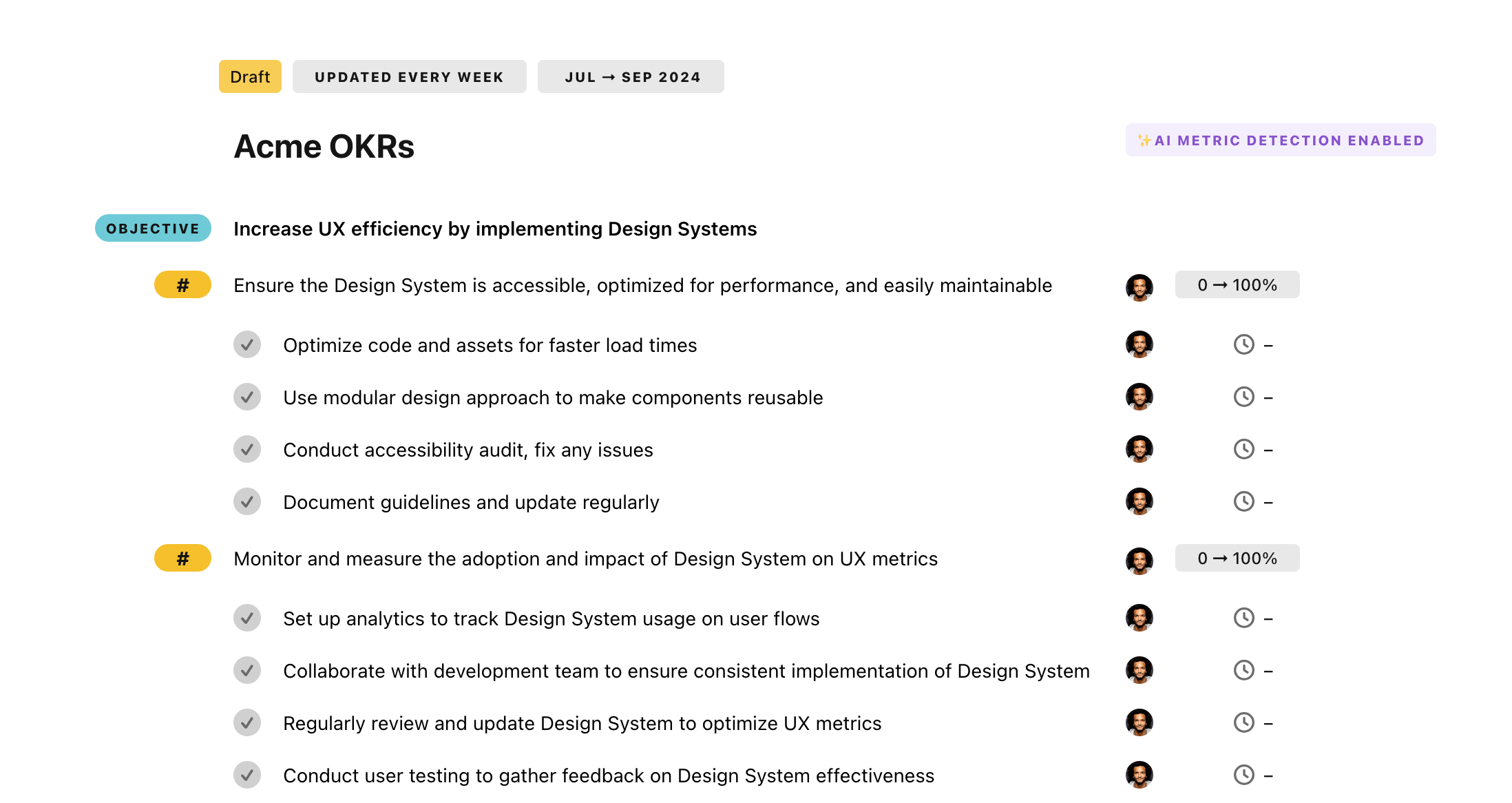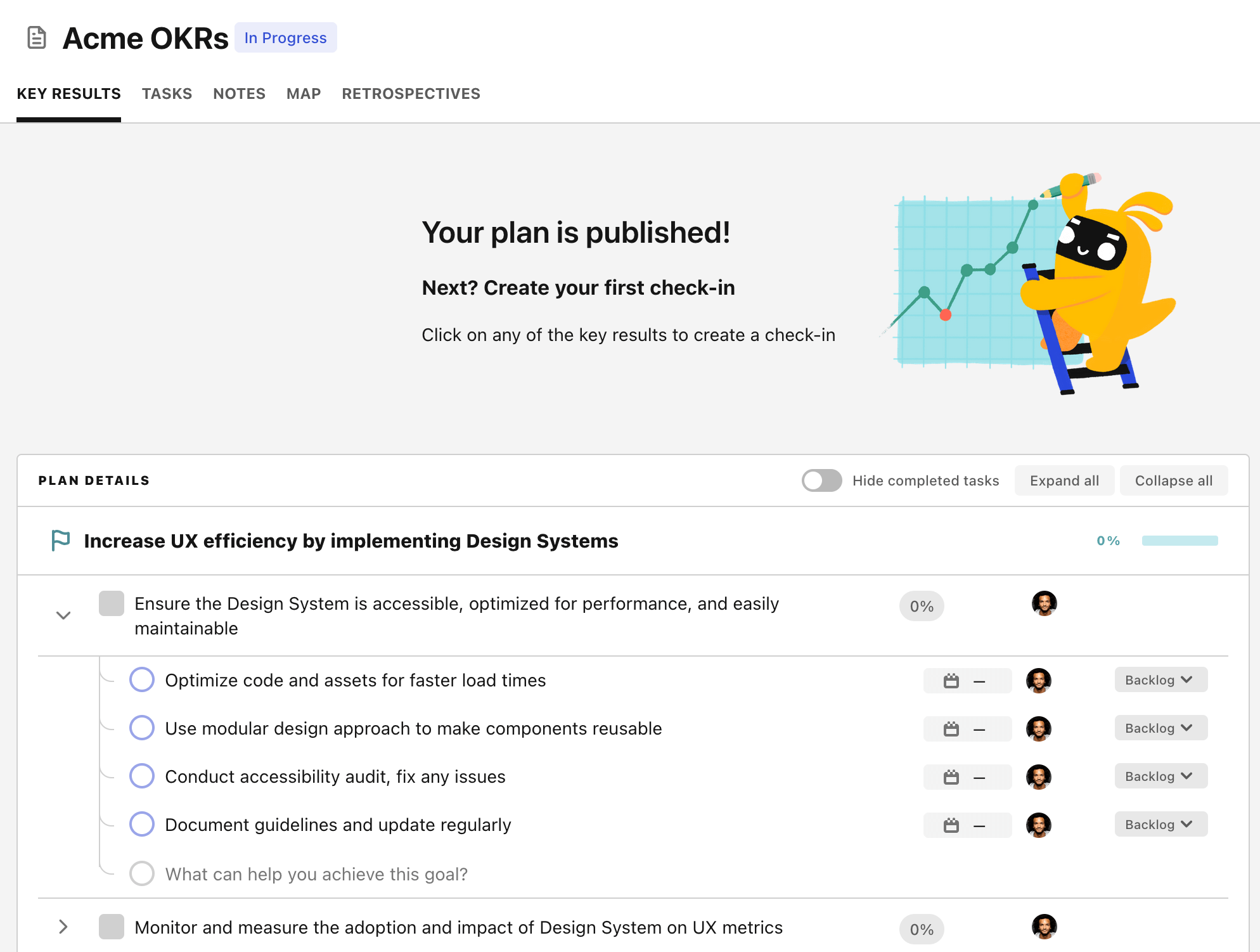OKR template to successfully develop a fully-functional manifestation app
Your OKR template
The second outcome focuses on beta version testing with a 95% satisfaction rate goal. The initiatives to achieve this include implementing a user feedback loop, prioritizing function testing for the beta version, and conducting a weekly audit of the testing progress.
The third outcome targets to launch the manifestation app with a goal of 1,000 downloads in the first week. To accomplish this, the team will optimize the app for SEO and App Store ranking, develop a comprehensive marketing plan, and engage social influencers for promotion.
In essence, this OKR charts a detailed path from the initial idea sketch to user testing to final launch, thereby ensuring the development of a fully-functional manifestation app that satisfies end-user requirements and enjoys market visibility.
ObjectiveSuccessfully develop a fully-functional manifestation app
KRDesign a user-friendly app interface by end of week 4
Finalize and implement user-friendly design
Gather user feedback on initial design
Sketch initial design ideas for app interface
KRComplete beta version testing with 95% satisfaction rate by week 8
Implement user feedback loop for satisfaction rate improvement
Prioritize critical function testing for beta version
Conduct weekly audit of testing progress till week 8
KRLaunch the manifestation app with 1,000 downloads in the first week
Optimize the app for SEO and App Store ranking
Develop a comprehensive yet concise marketing plan for the app
Engage social influencers for app promotion
How to edit and track OKRs with Tability
You'll probably want to edit the examples in this post, and Tability is the perfect tool for it.
Tability is an AI-powered platform that helps teams set better goals, monitor execution, and get help to achieve their objectives faster.
With Tability you can:
- Use AI to draft a complete set of OKRs in seconds
- Connect your OKRs and team goals to your project
- Automate reporting with integrations and built-in dashboard
Instead of having to copy the content of the OKR examples in a doc or spreadsheet, you can use Tability’s magic importer to start using any of the examples in this page.
The import process can be done in seconds, allowing you to edit OKRs directly in a platform that knows how to manage and track goals.
Step 1. Sign up for a free Tability account
Go tohttps://tability.app/signup and create your account (it's free!)
Step 2. Create a plan
Follow the steps after your onboarding to create your first plan, you should get to a page that looks like the picture below.

Step 3. Use the magic importer
Click on Use magic import to open up the Magic Import modal.
Now, go back to the OKR examples, and click on Copy on the example that you’d like to use.

Paste the content in the text import section. Don’t worry about the formatting, Tability’s AI will be able to parse it!

Now, just click on Import from text and let the magic happen.

Once your example is in the plan editor, you will be able to:
- Edit the objectives, key results, and tasks
- Click on the target 0 → 100% to set better target
- Use the tips and the AI to refine your goals
Step 4. Publish your plan
Once you’re done editing, you can publish your plan to switch to the goal-tracking mode.

From there you will have access to all the features that will help you and your team save hours with OKR reporting.
- 10+ built-in dashboards to visualise progress on your goals
- Weekly reminders, data connectors, and smart notifications
- 9 views to map OKRs to strategic projects
- Strategy map to align teams at scale